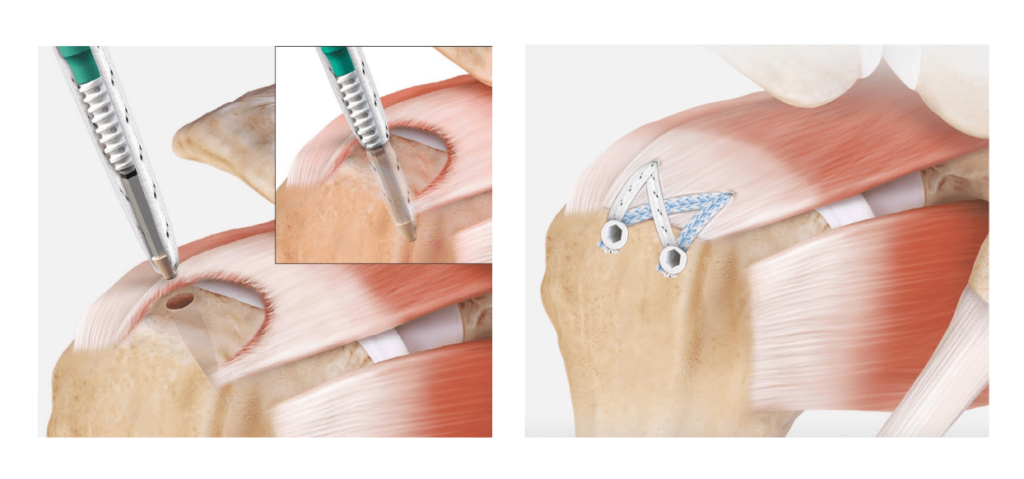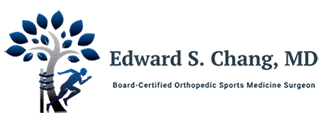What is it?
The rotator cuff consists of four muscles that surround the shoulder. Its main function is to stabilize the shoulder joint and help rotate the arm in the socket. Rotator cuff injuries are among the most common injuries seen in the United States, affecting more than three million people each year. They can be caused by a single traumatic event, such as a fall onto the outstretched hand, or by chronic, repetitive overuse.
Signs and symptoms of a torn rotator cuff
Common symptoms of rotator cuff tears include:
• Pain along the arm
• Pain reaching overhead or behind the back
• Difficulty or weakness in raising the arm
• Difficulty sleeping
Diagnosis
In the office, a complete history and physical exam is obtained. Careful measurements of range of motion, strength, and rotator cuff specific tests of the shoulder are recorded. Oftentimes, diagnostic imaging, such as X-rays and MRI, may be necessary to confirm the diagnosis.
Treatment
Conservative treatment of rotator cuff tears is generally recommended in partial tears and in chronic situations. Such treatments include rest, ice, anti-inflammatories, and physical therapy. Occasionally, a cortisone injection may be recommended to reduce the pain and inflammation in the shoulder.
Surgical treatment of rotator cuff tears is recommended for complete rotator cuff tears and in cases where conservative treatment has failed. Arthroscopic rotator cuff repair is a minimally invasive technique that utilizes small incisions to reattach the torn tendon to the bone. This is typically done in an outpatient setting under regional anesthesia, allowing patients to return home the same day. In conjunction with supervised physical therapy, arthroscopic rotator cuff repair has been shown to successfully alleviate pain and return patients to their activities.

RECOVERY
Following surgery, patients are immobilized in a sling for six weeks (including sleep for four weeks). Physical therapy begins around 3-4 weeks after surgery. Range of motion is then initiated at six weeks, followed by strengthening at 12 weeks. Patients generally return to activities at about 5-6 months postoperatively.
